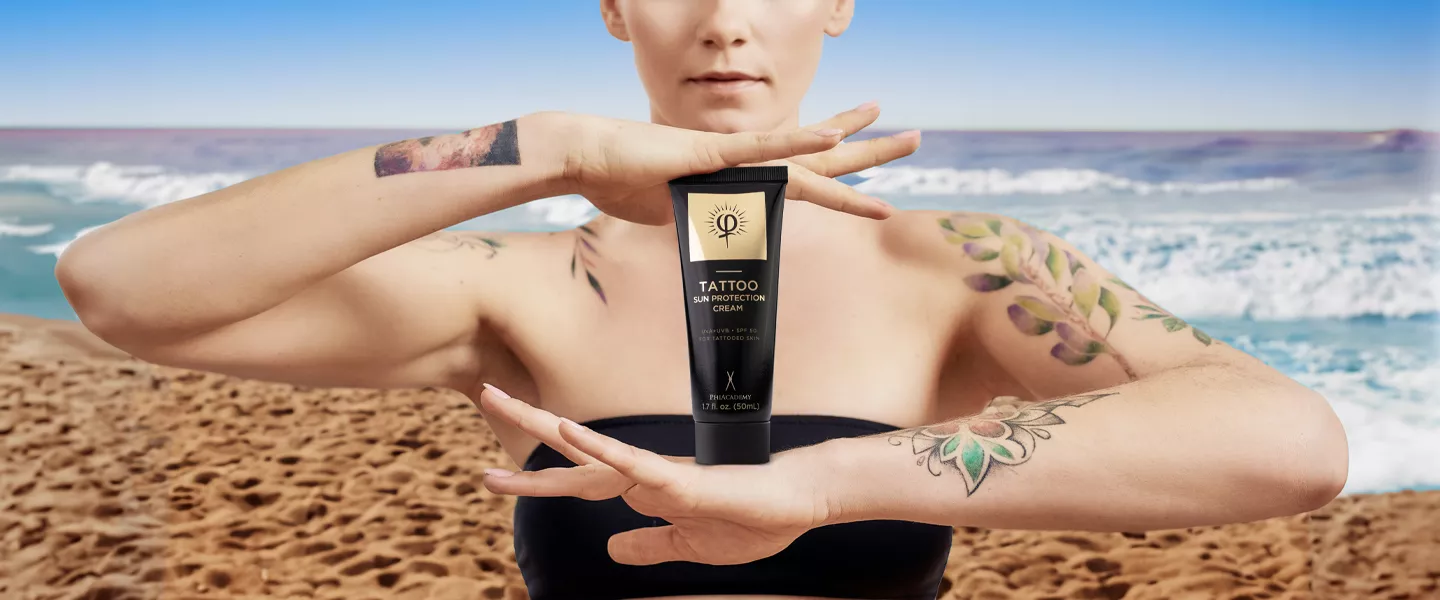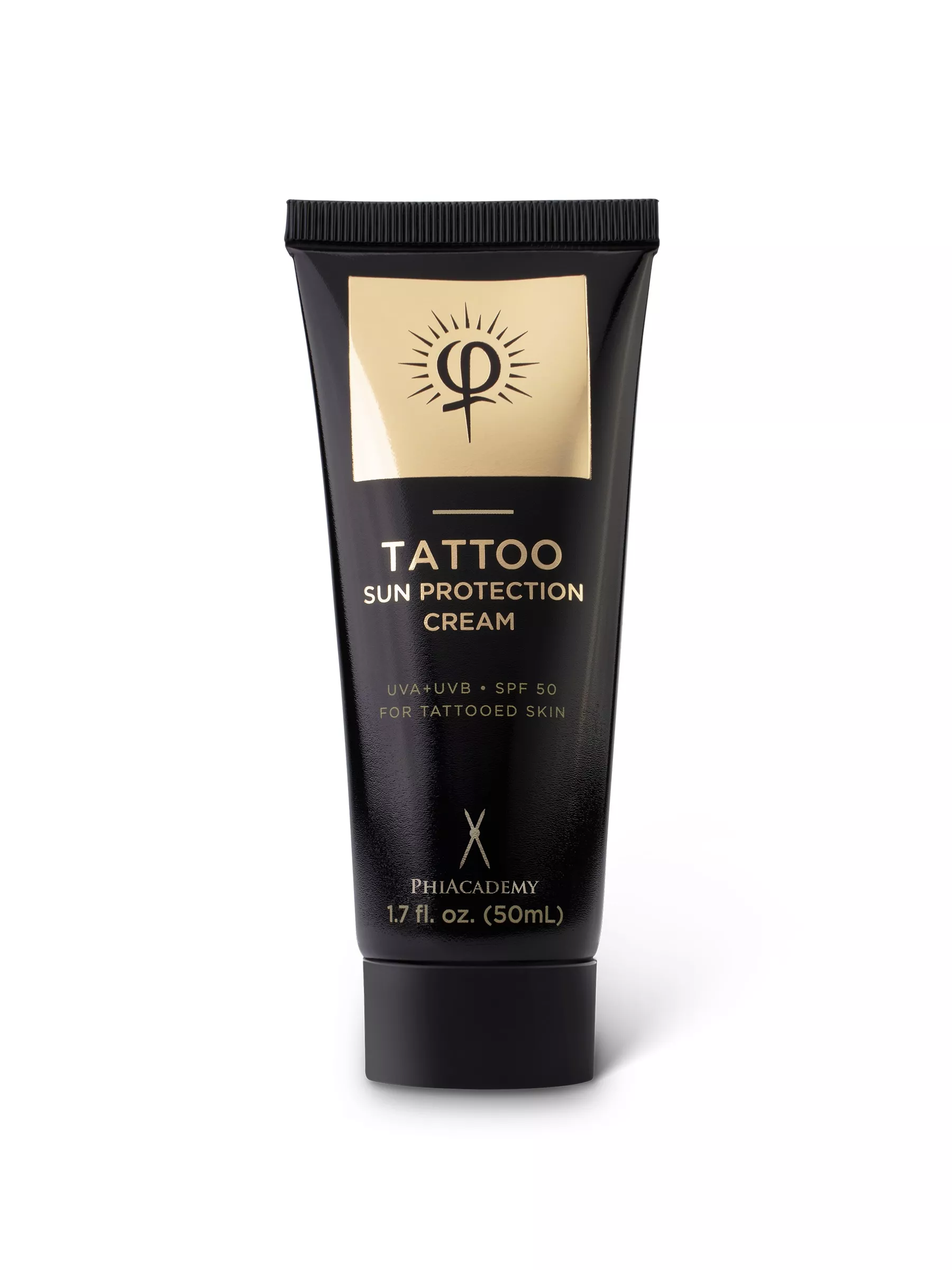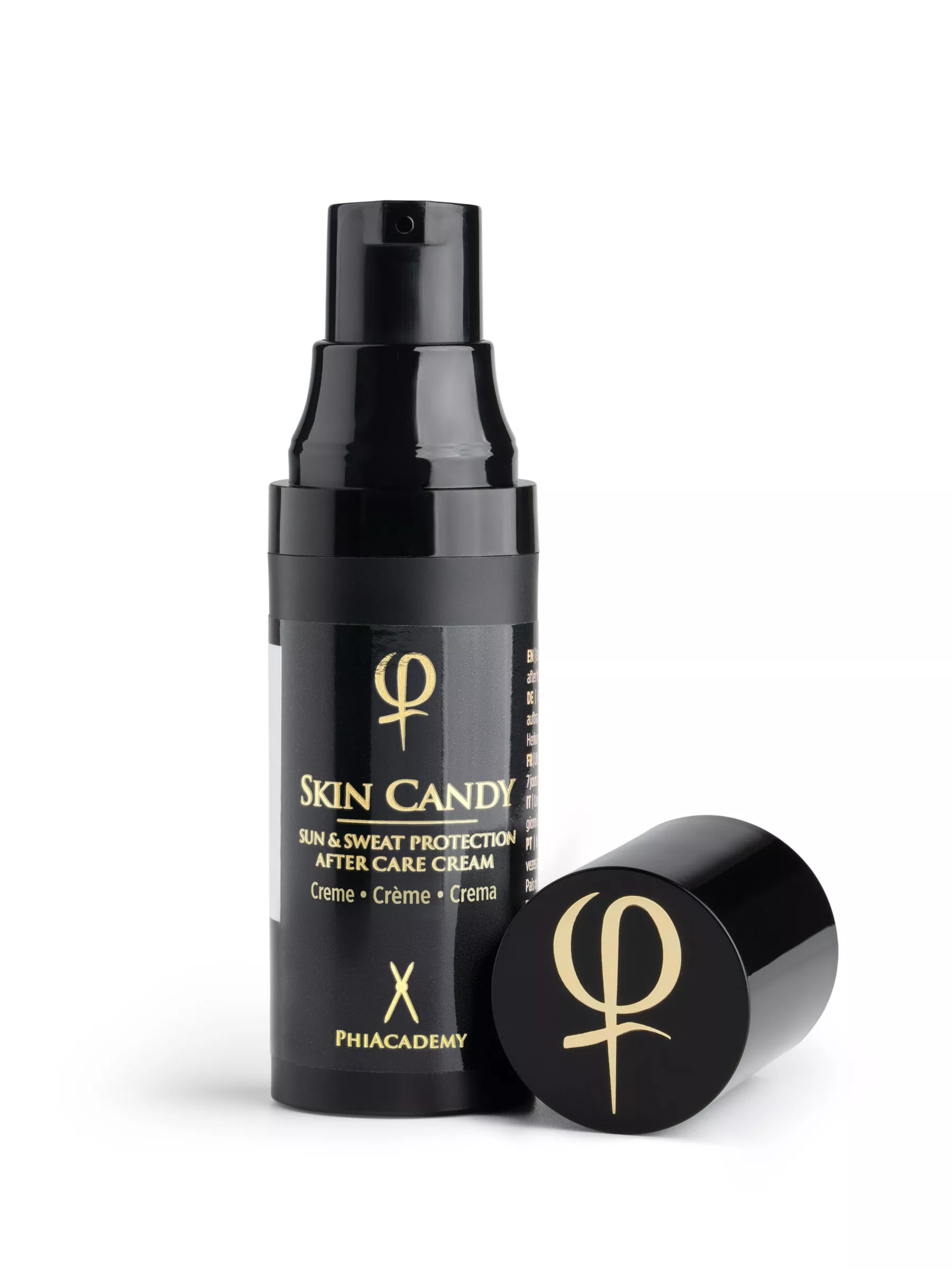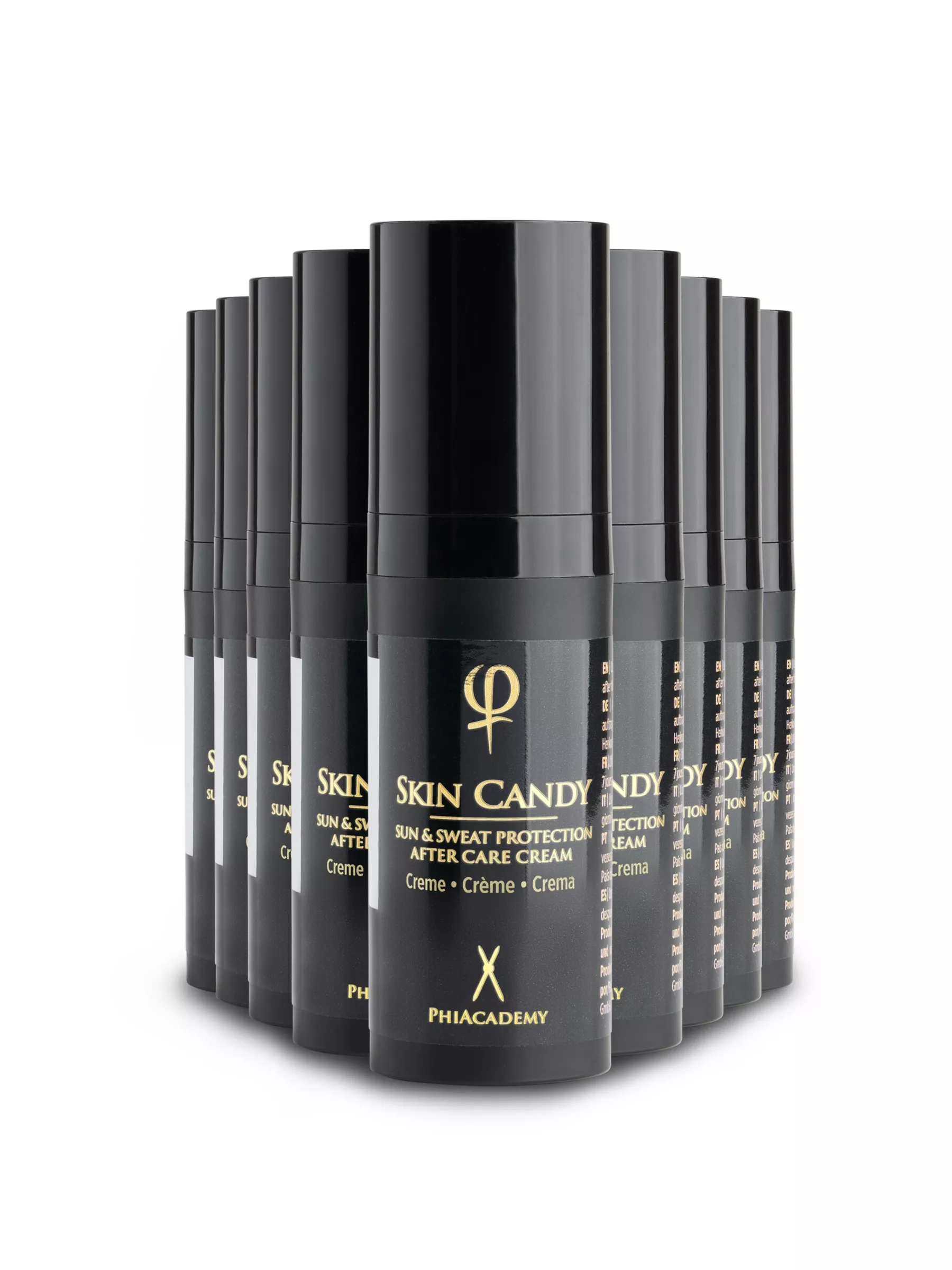
The Sun, Your Skin, and You: A Guide to Sun Protection
The majority of people look forward to summer - it is when we can all get out in the sunshine and relax! However, it's crucial to remember the importance of sun protection. Sun safety is not just about avoiding the redness of a sunburn, but it's also a matter of health! Let’s take a closer look into the into the science of sun exposure, understanding its effects on our skin, and practical tips to stay safe under the sun.
Sun Exposure Science
Sunlight consists of lots of different types of rays, but the ones to watch out for are Ultraviolet A (UVA) and Ultraviolet B (UVB). UVA rays are mainly responsible for early aging of the skin, causing wrinkles and age spots (hyperpigmentation), while UVB rays cause sunburn and can directly damage the DNA in our skin cells, which can cause skin cancer.
UVA rays
These rays have the longest wavelength and make up about 95% of the UV radiation reaching the Earth's surface. UVA rays can penetrate deep into the skin's layers, reaching the dermis, which can lead to immediate tanning, but also skin aging and wrinkles over time. UVA rays can pass through glass and cloud cover, meaning you're exposed to them pretty much all the time during daylight hours, regardless of the season or weather.UVB rays
These rays have a medium wavelength and are primarily responsible for direct DNA damage in the skin, leading to sunburn and most skin cancers. UVB rays don't penetrate the skin as deeply as UVA rays, but their damage tends to be noticeable quicker, in the form of sunburns. The intensity of UVB rays varies by season, location, and time of day, with the most significant risk occurring between 10 AM and 4 PM from April to October. Unlike UVA, UVB rays cannot significantly penetrate glass.Understanding Sun Protection Factors (SPF)
SPF stands for Sun Protection Factor. It indicates how well a sunscreen can protect your skin from harmful UV rays. An SPF 50, for example, allows you to stay in the sun 50 times longer without getting sunburned than you would without protection.
However, no sunscreen can block 100% of the UV rays, so it is important to take other protective measures, especially during partiularly intense periods of sunlight and UV radiation (10 AM - 4 PM, from April to October in the Northern Hemisphere)
Sunscreen needs to be reapplied frequently, and it is suggested that every 2 hours is a good start. After swimming, becoming sweaty, or towel drying an area, sunscreen should be reapplied.
Another important factor about sunscreen is when to apply it. Sunscreen needs at least 15 minutes time to absorb properly into the skin to give protection, but to be safe give your skin a bit longer. This gives the cream enough development time to bind to the skin and form a protective layer. In addition, by putting sunscreen on in advance, it is more likely to mean more thorough coverage of all exposed skin.
This is particularly important for often-overlooked spots like the tops of your feet, your ears, the back of your neck, and, if you have thinning hair, your scalp. Rushing the application process increases the chance of missing spots, which increases the chance of a sore sunburn!
This is particularly important for often-overlooked spots like the tops of your feet, your ears, the back of your neck, and, if you have thinning hair, your scalp. Rushing the application process increases the chance of missing spots, which increases the chance of a sore sunburn!
In terms of protection, broad-spectrum sunscreens and protective clothing are designed to guard against both UVA and UVB rays.
PMU and Tattoos in the Sun
When it comes to tattoos and sun exposure, the stakes can be higher than for non-tattooed skin.
While the skin's response to sun exposure in terms of sunburn is similar whether tattooed or not, there are a few key reasons why tattooed skin might need some extra care:
- Fading Ink: Prolonged sun exposure can lead to the premature fading of tattoos. UV radiation breaks down the tattoo ink, causing the artwork to blur or fade, losing its original vibrancy and sharpness.
- Healing Process: Newly tattooed skin is essentially an open wound. The healing process usually takes 2-3 weeks, and during this time, it's particularly vulnerable to sun damage. Exposure can slow down the healing process, cause discoloration and fading, and even lead to infection or scarring. If you've recently got a tattoo, the healing process is crucial to preserve the artwork's vibrancy. Consider using specialized aftercare products that can provide the necessary hydration and support for your skin during the healing phase, as discussed in “The Power of Aftercare in Enhancing PMU and Microblading Treatments”.
- Skin Health: Sunburn on a tattooed area might cause more discomfort, given the sensitivity of the skin. Additionally, long-term sun exposure can lead to skin cancer, and detecting changes in the skin can be more challenging in tattooed areas.
No sunscreen can provide 100% protection from the sun's UV rays, so it's very important to combine sunscreen usage with other sun-protection measures!
Additional Sun Protection Measures
- Seeking Shade: During the high UV radiation hours, seek shade where possible - under a tree, an umbrella or inside.
- Wearing Appropriate Clothing: Beyond sunscreen, other physical barriers can shield your skin from the sun. Lightweight, long-sleeved shirts, and pants, wide-brimmed hats, and UV-blocking sunglasses can significantly cut down your sun exposure. Dark or bright colors with tightly woven fabric are typically more protective than light colors and loose weaves.
Don't forget about hydration!
Keep your skin hydrated by drinking plenty of water and using moisturizers. Staying hydrated in hot weather is crucial for several reasons:- Maintaining Body Temperature: The body cools itself through sweating, which helps maintain a stable internal temperature. In hot weather, you sweat more, losing fluids and electrolytes. If these aren't replaced, you can overheat, which can lead to heat-related illnesses like heat stroke or heat exhaustion.
- Preventing Dehydration: The increased sweating in hot weather, especially during physical activities, can easily lead to dehydration if you're not replenishing lost fluids. Dehydration can cause symptoms such as dizziness, fatigue, confusion, and even fainting.
- Supporting Vital Functions: Every cell, tissue, and organ in your body needs water to function correctly. From aiding digestion to lubricating joints, ensuring good blood circulation to maintaining healthy skin, hydration plays a critical role in overall health.
- Protecting Skin: Hydration keeps your skin healthy. While it can't prevent sunburn, staying hydrated can help maintain your skin's overall health and resilience.
- Avoiding Heat Cramps: These painful muscle spasms, often occurring in the legs or abdomen, are thought to be caused by the imbalance of electrolytes due to heavy sweating in hot weather.
To stay hydrated, don't wait until you're thirsty to drink. Instead, sip water consistently throughout the day, and if you're sweating heavily or out in the heat for a prolonged period, consider rehydrating with drinks that contain electrolytes.




